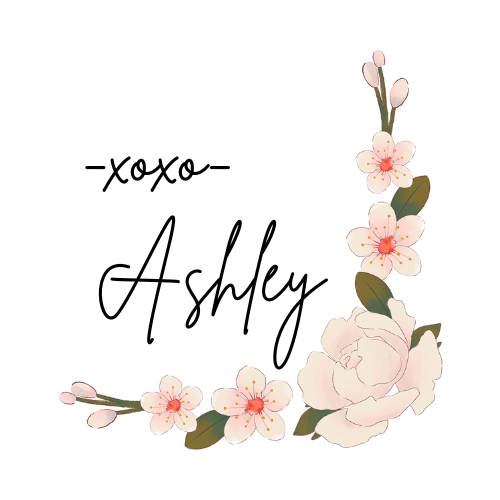In the northern hemisphere, many romanticize winter as a time for building snowmen, sipping hot cocoa by a warm fire, and contently snuggling under a fuzzy blanket with a good book in our laps. However, the reality of winter is a lot less glamorous. Most of us are stuck inside, eating our favorite comfort foods and binge watching our screens.
What is SAD?
Every year I, along with millions of others, suffer from a disorder called, SAD. What is SAD you ask? It stands for Seasonal Affective Disorder. According to the Mayo Clinic, it’s a type of depression that begins around the same time every year (in the northern hemisphere, usually around the fall equinox) and ends or improves as the days get longer and the temperatures start to rise (spring equinox). Although rare, there are instances when the time frame is reversed. Instead of winter blues, moods decline during the warmer months.
Symptoms include:
- Feeling of sadness, hopelessness, worthlessness, or guilt
- Loss of interest in activities that usually bring us joy
- Low energy levels which can lead to over sleeping
- Overeating and weight changes
- Difficulty concentrating on tasks
- Thoughts or feelings of self harm
6 ways to fight SAD
Exercise
Get out and get moving! So many studies have shown that daily body movement reduces anxiety, boosts chemicals like serotonin and dopamine which improves brain function and can reduce effects of depression. If you don’t believe it, just do your own research.
Light therapy
Light therapy involves daily exposure to bright artificial light, usually from early fall until spring. It typically requires sitting for 20 to 60 minutes each morning in front of a light box that produces much more light than ordinary indoor lighting. The idea behind light therapy is to replace the diminished sunlight of the fall and winter months.
Quality nutrition
The things you put into your body directly reflect the way you perform. Just think about it, you wouldn’t put diesel fuel into a car designed for high octane ethanol. Why would you think a diet that lacks the minerals and vitamins we need will let you run at optimal capacity? If you have questions about what is healthy and what is not, a good rule of thumb is to shop the perimeters of the grocery store. Most stores have similar layouts. Produce, meat, and dairy are usually situated on the outside aisles. Artificial and highly processed foods are located in the middle aisles of the store. Organic is always a better choice but don’t feel guilty if you can’t afford it. There is no shame in choosing non-organic. Even the tiniest changes in the direction you want to go will have awesome effects on your health.
Aromatherapy
Aromatherapy is the use of essential oils extracted from plants and other botanical matter with the intention for healing. I love aromatherapy and use it in my own life. Lavender, Chamomile, and frankincense are been shown to provide helpful relief from stress and anxiety that can accompany SAD. Rosemary, peppermint, and eucalyptus are all good for mental clarity and boosting energy for those days when you need a little extra support. There are many way to utilize the benefits of essential oils such as diffusing them in your room, applying them as a blend with a carrier oil (never apply essential oils directly to skin since it could irritated the area)
Reduce/cut out alcohol
Although most people use alcohol to relieve anxiety or to relax after a hard day, misuse of alcohol has been shown to worsen the symptoms of depression. Also, many pharmaceutical medications have interaction warnings about the use of alcohol while taking certain medication.
**While I love helping people advocate for themselves when it comes to their health, I am not a licensed doctor. Please consult a licensed medical practitioner if you have concerns.
Journal
There are many types of approaches to journaling such as dream journaling, bullet journaling, stream-of-consciousness journaling, but my personal favorite is a gratitude journal. This requires you to stop and take stock of the positive aspects of your life, especially when it is so easy to hyperfocus on all the negativity in our lives. Just jot down three things you are thankful for. It doesn’t have to be huge, life changing events. Just 3 things that bring you joy and are grateful to have in your life. Do this every day for a month and you will see that this one little shift will make a huge difference in your mental state.
The secret is self- care
As the seasons shift, it’s essential to prioritize our mental health and overall well-being. By understanding the impact of Seasonal Affective Disorder and incorporating a consistent self-care routine, we can navigate these changes with greater resilience and balance. Remember, self-care isn’t selfish—it’s a vital investment in your happiness and health. Whether it’s through a brisk walk in the daylight, journaling your thoughts, or simply carving out moments of stillness, small, intentional acts can make a big difference. Embrace the season, take care of yourself, and know that brighter days are always ahead.
Happy New Year’s. pollinators!

